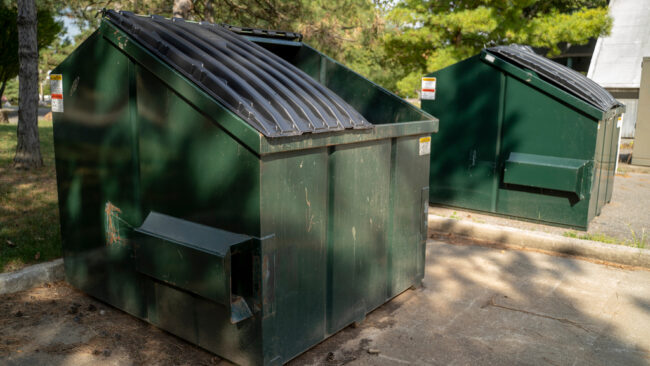Balancing Hygiene and Efficiency: Establishing a Cleaning Schedule
Trash bins and dumpsters are essential components of waste management systems, serving as repositories for discarded materials. However, the accumulation of garbage over time can lead to unsanitary conditions, foul odors, and pest infestations. To mitigate these issues and ensure a clean and hygienic environment, regular cleaning of trash bins and dumpsters is imperative. In case of big event, make sure to organize trash bin and dumpster cleaning service!
The optimal frequency for cleaning trash bins and dumpsters depends on various factors, including the volume of waste generated, the type of materials disposed of, and environmental conditions. In high-traffic areas with heavy usage, such as commercial complexes or apartment buildings, more frequent cleaning may be necessary to prevent the buildup of debris and odors. Conversely, in residential neighborhoods with lower waste volumes, less frequent cleaning intervals may suffice.
Environmental factors also play a significant role in determining cleaning frequency. In warmer climates, higher temperatures can accelerate the decomposition of organic waste, leading to faster odor development and bacterial growth. Similarly, areas with high humidity levels are more prone to mold and mildew growth, necessitating more frequent cleaning to prevent microbial contamination.

Establishing a regular cleaning schedule is essential for maintaining cleanliness and hygiene while optimizing efficiency and cost-effectiveness. Depending on the specific needs of the location, cleaning intervals may range from weekly to monthly or even quarterly. However, it’s essential to monitor the condition of trash bins and dumpsters regularly and adjust the cleaning frequency as needed.
Moreover, adopting preventive measures can help prolong the cleanliness of trash bins and dumpsters between cleanings. Encouraging proper waste disposal practices, such as bagging garbage and avoiding the disposal of liquids or hazardous materials, can minimize the accumulation of residue and mitigate odor issues. Additionally, implementing routine inspections and maintenance activities, such as lid repairs or replacement, can prevent potential leaks or spills that contribute to contamination.
In conclusion, the frequency of trash bin and dumpster cleaning should be tailored to the specific requirements of each location, considering factors such as waste volume, environmental conditions, and usage patterns. By striking the right balance between hygiene and efficiency and adopting preventive measures, property owners can maintain a clean and sanitary environment while minimizing costs and resource utilization.
…
